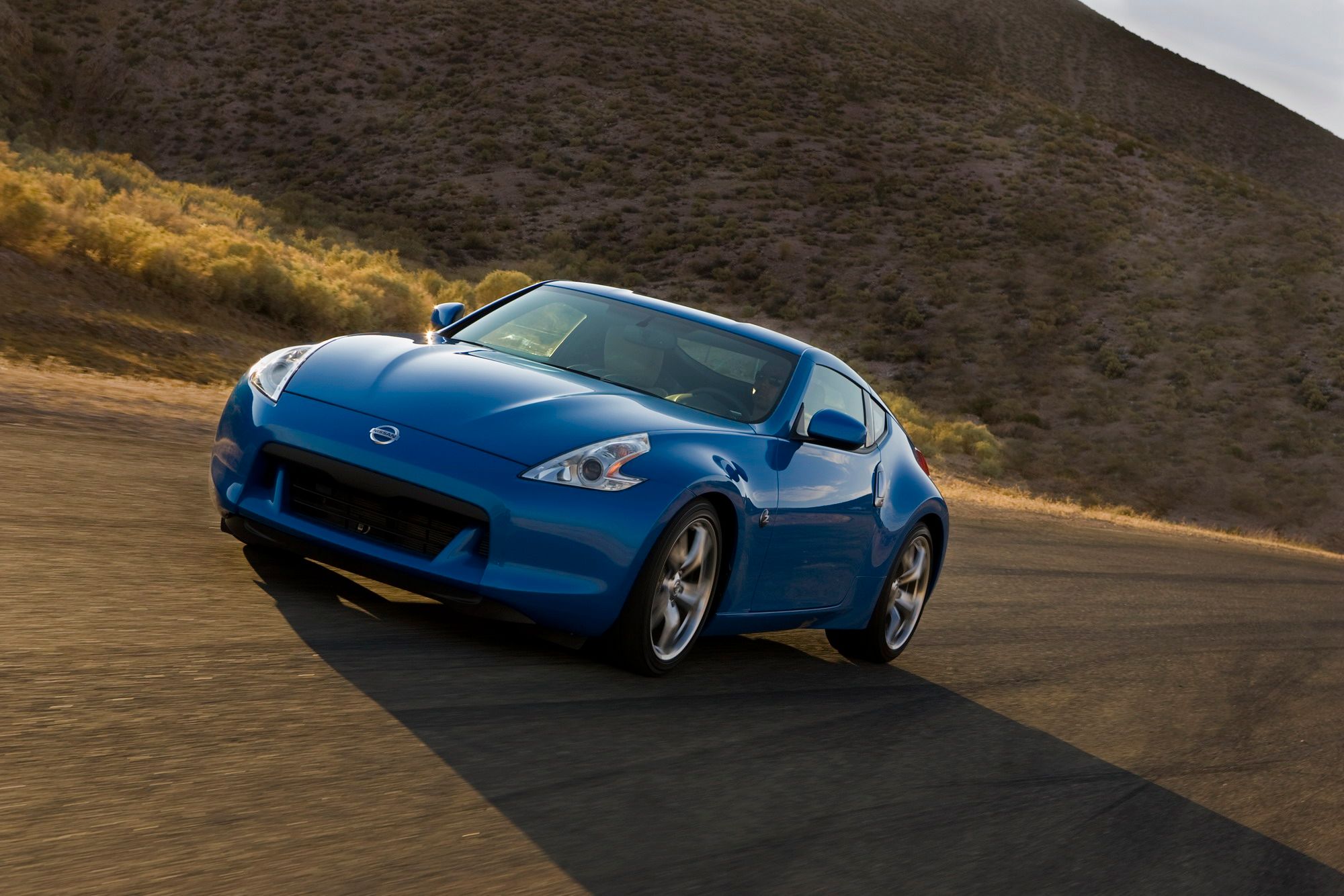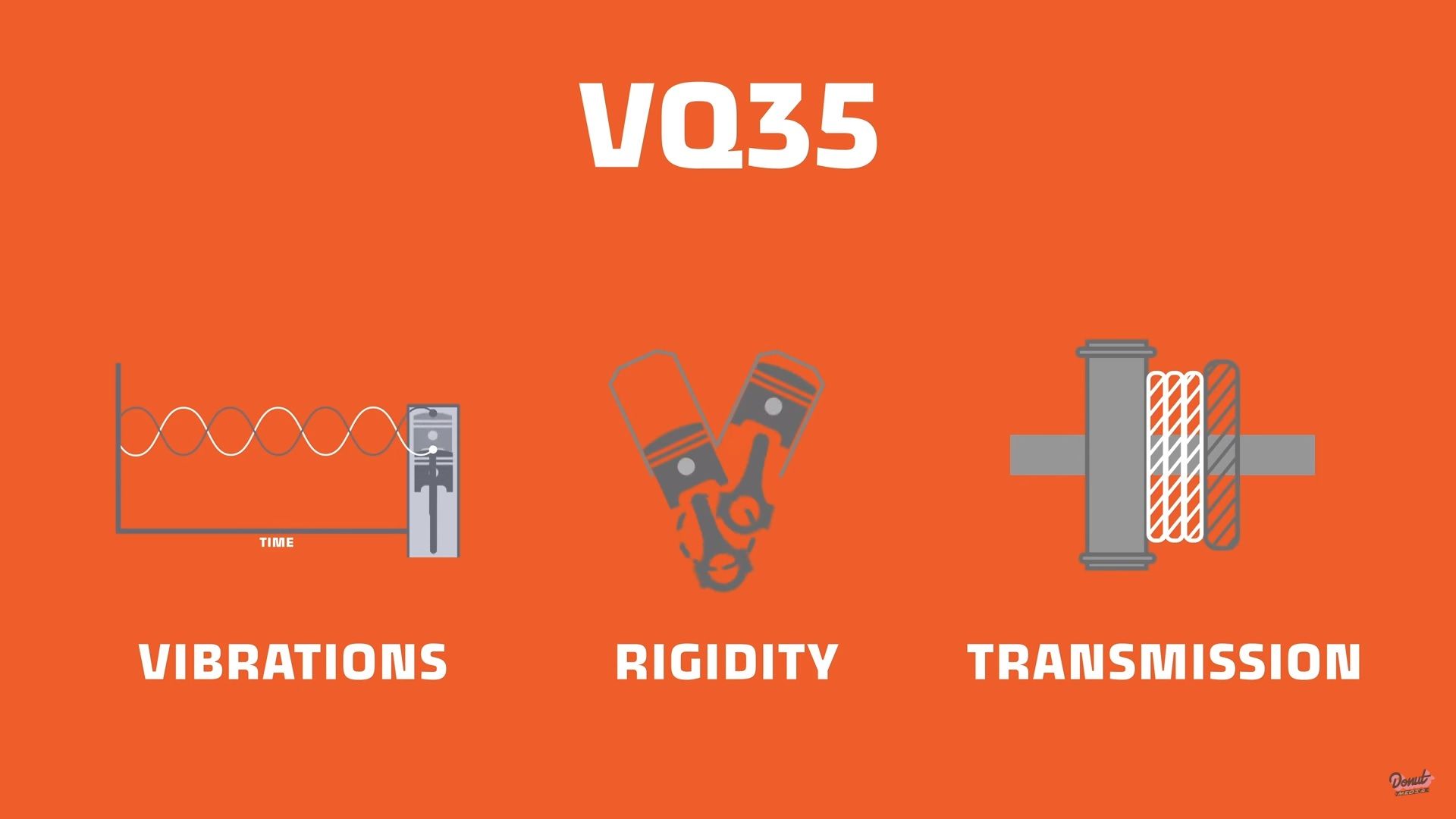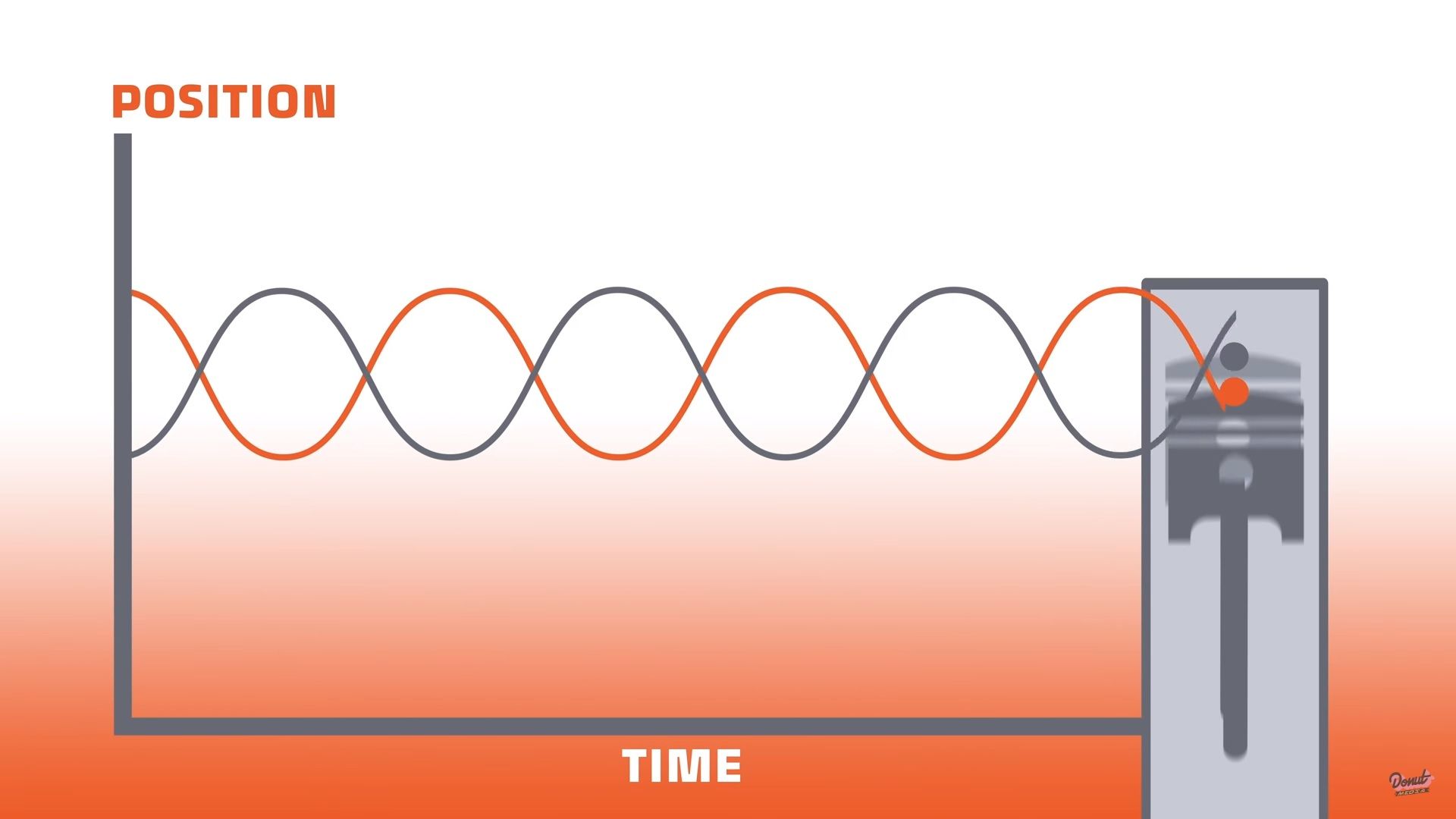Nissan’s family of V-6 engines falling under the VQ nameplate has an aluminum block and a DOHC setup with aluminum heads. It came to replace the VG series in 1994 and ever since, it’s been a loyal presence in Ward’s 10 Best Engines rankings.
How did Nissan manage to design and build such a terrific engine? This video will run you through every tech aspect of the VQ.
The VQ is no VR38DETT, but it’s no pushover either
In the VQ range, engine displacement varies from two liters to four liters. VQ engines can be found in a lot of Nissan models, but Infinitis, too.
The VQ37VHR, for example, equips the likes of Nissan 370Z, Infiniti Q40, Q50, and Q60 (as well as the QX50 and QX70 SUVs). And since we’re here, know that there are four series of the VQ: DE, DD, HR, and VHR.
Coming back to the topic at hand, Donut Media’s video focuses on the VQ35HR mill. Now, this one has been fitted inside the Nissan 350Z, the Infiniti G35, and the Infiniti FX35 crossover that’s been dead as of 2012.
Also, the HR in the name stands for High Rev, in case you were curious. The engine itself is built a lot tougher than a 35DE, for example, and perhaps its biggest advantage, it’s lighter than a corresponding 2JZ or RB26.
On that note, we’ll leave you to watch the video and see all the other tricks that make the VQ engine so proficient.



